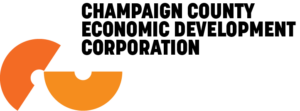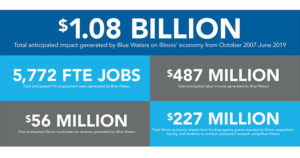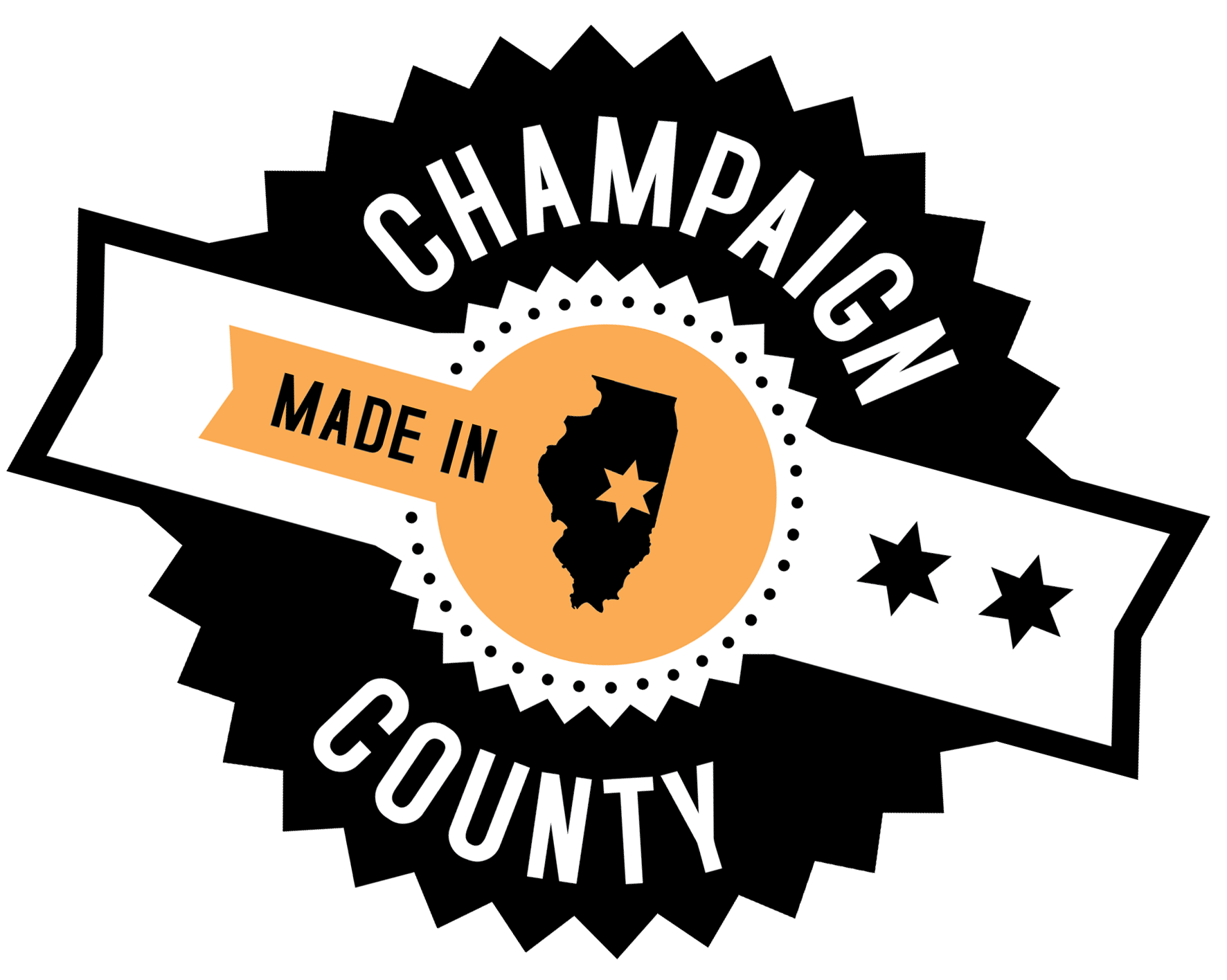CHAMPAIGN, IL, March 6, 2017 – Over 350 people gathered at Parkland College for the 12th Annual Innovation Celebration on the evening of Friday, March 3rd to recognize those individuals and organizations that have made significant contributions, taken risks, and provided leadership to ensure the continuing economic success of Champaign County, the ongoing success of the University’s economic development mission, and the growth of entrepreneurial talent and energy in our community.
Innovation Celebration is not merely an award for accomplishment, but a benchmark of success for those outstanding individuals, organizations and corporations who are nominated and selected to receive this prestigious award.
Innovation Celebration is hosted by the Champaign County Economic Development Corporation in partnership with the University of Illinois, Parkland College, and community sponsors. For more information, visit www.innovationcelebration.com.
Award Winners
Innovation Transfer Award—University of Illinois
Recognizes an individual or group from the University of Illinois whose research has resulted in either a discovery or a work with the potential for significant societal impact.
Dr. Frederic Kolb
Alexis Wernsing Innovation Award—University of Illinois
Recognizes an individual or team from the University of Illinois that has channeled their experience living with a disability into positive change through the creation of new products, environments, or protocols that enhance quality of life.
Arielle Rausin
Innovation in Engagement Award—Parkland College
Recognizes an individual or group at Parkland College who has shown support of the college’s community engagement mission.
Jenni Fridgen
Entrepreneurial Excellence: Social Venture Award
Serve as change agents by creating and implementing sustainable solutions to reshape society, benefit humanity, and address social concerns.
Young Entrepreneurship Program (YEP) – Champaign Unit 4 Schools
Entrepreneurial Excellence: Student Startup Award
Formed by students in the last three years and demonstrates a commitment to continuing success through entrepreneurial talent, creativity and energy.
Cast21
Entrepreneurial Excellence: New Venture Award
Formed in the last three years, and demonstrates a commitment to continuing success through entrepreneurial talent, creativity and energy.
PhotoniCare, Inc.
Entrepreneurial Excellence: Paul Magelli Advocacy Award
Actively engage, encourage, coach and mentor entrepreneurs in the community, and provide extensive support to help them achieve success.
Jed Taylor
Innovation: Economic Development Impact Award
Has successfully commercialized innovations while demonstrating a commitment to positive, local, economic impact.
II-VI EpiWorks
Entrepreneurial Excellence: Management Award
Demonstrates expertise in assembling resources, creating an organization, and working to build and implement effective action plans.
Laura Bleill – chambanamoms.com & University of Illinois Research Park
Innovation: Longevity Award
Recognizes those enterprises whose sustained success is the direct result of continued innovation over many years.
Litania Sports Group
The EDC was pleased to work with the following sponsors of Innovation Celebration 2017: the University of Illinois’ Technology Entrepreneur Center, Research Park, Office of Corporate Relations, and Office of Technology Management, along with Parkland College, Singleton Law Firm, Serra Ventures, City of Champaign, Village of Rantoul, Bridge – Champaign County’s Virtual Incubator, Martin Hood Friese & Associates, Fox Development Corporation, Ramshaw Real Estate, Illinois Small Business Development Center at Champaign County EDC, Hanson Financial, AARP, Surface 51, Guth & Associates, Pixo, Carle, IllinoisVENTURES, Huawei, II-VI EpiWorks, Adjacency, and Frasca International, Inc.
A special thanks to Five Foot Productions for producing the videos.
###
Event recap video, created by ADJACENCY.
Click here to view event photos, courtesy of Darrell Hoemann.
Download the event program here.
View opening & closing remarks from the event. Award acceptance speeches can be viewed at the links below.
– Dr. Frederic Kolb
– Arielle Rausin
– Jenni Fridgen
– Young Entrepreneurship Program (YEP)
– Cast21
– PhotoniCare, Inc.
– Jed Taylor
– II-VI EpiWorks
– Laura Bleill
– Litania Sports Group
Press:
Entrepreneurs recognized at Innovation Celebration, The News-Gazette




